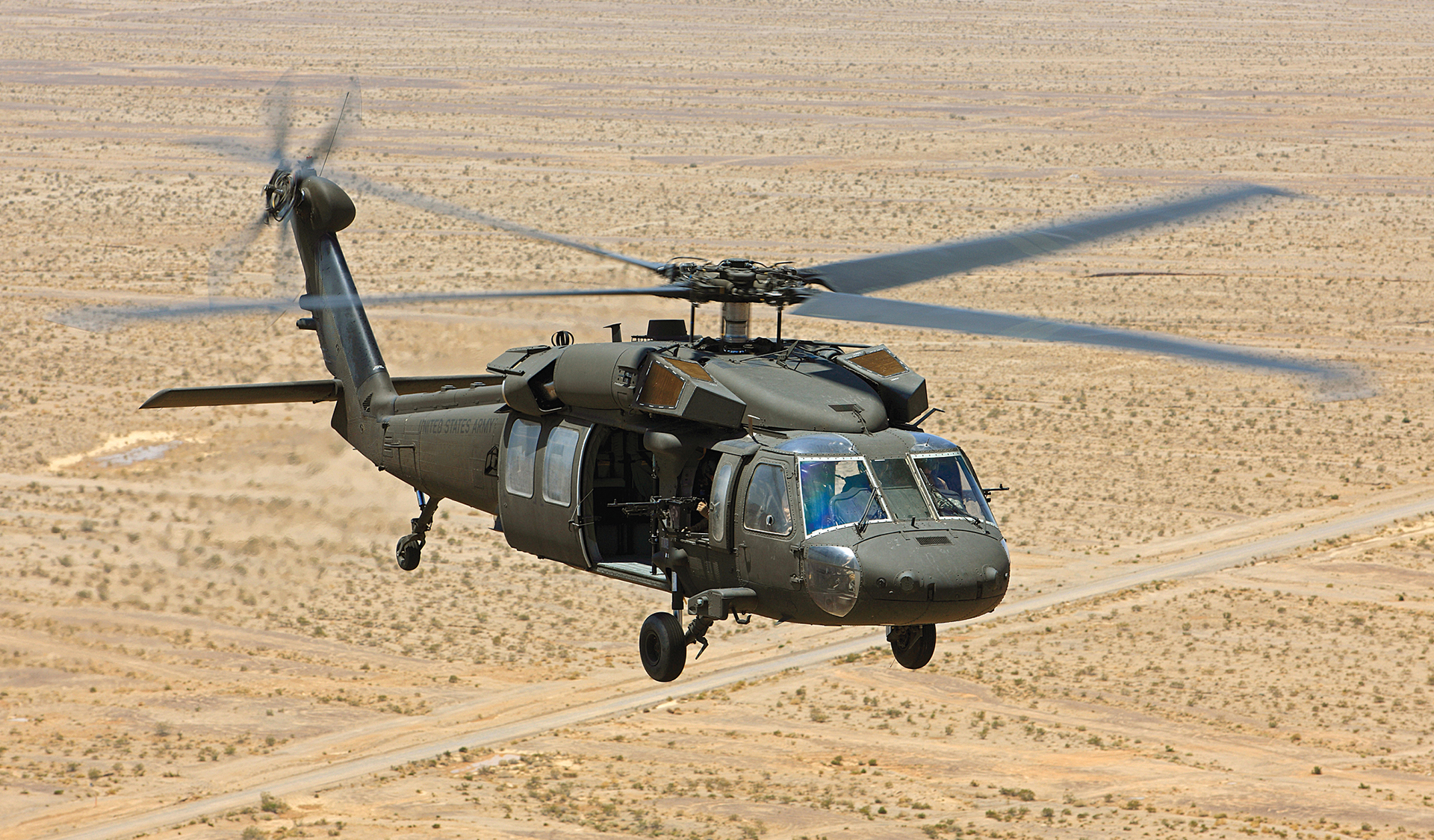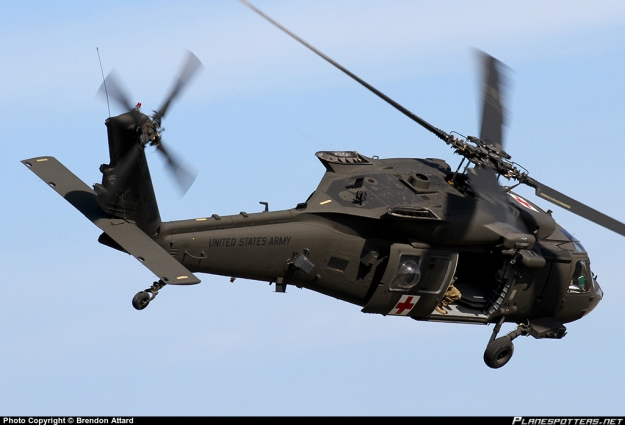Understanding the Mechanics and Engineering Behind Uh 60 Helicopters
The UH-60 helicopter, frequently known as the Black Hawk, stands as a peak of modern rotorcraft innovation, symbolizing a blend of robust engineering and complex mechanics. As we peel off back the layers of the UH-60's design, a world of elaborate systems and careful design comes to light.
History of UH-60 Helicopters
The history of UH-60 helicopters traces back to the late 1970s when the USA Army looked for a flexible and innovative energy helicopter to change its aging fleet. In response to this need, the Sikorsky Aircraft Company established the UH-60 Black Hawk helicopter. Introduced in 1979, the UH-60 promptly came to be a staple in army operations as a result of its impressive abilities.
The UH-60 was made to succeed in a selection of missions, consisting of troop transportation, clinical discharge, digital warfare, and unique procedures. Its ability to adapt to different roles made it a useful asset to the U.S. uh 60. Military and various other army forces around the globe
For many years, the UH-60 system has undertaken numerous upgrades and variations to improve its efficiency and maintain pace with progressing mission needs. These helicopters have actually seen substantial service in disputes such as the Gulf War, Afghanistan, and Iraq, showcasing their reliability and adaptability in diverse operational environments. The UH-60's rich history is a testimony to its enduring heritage as a top energy helicopter.

Engine and Power Systems
Using innovative propulsion innovation, UH-60 helicopters are geared up with innovative engine and power systems to make certain ideal performance and reliability in a range of functional scenarios. The UH-60, generally referred to as the Black Hawk, is powered by two General Electric T700-GE-701D engines, each with the ability of delivering up to 1,940 shaft horse power. These turboshaft engines give the necessary drive for the helicopter to accomplish its goals effectively, including army transportation, medical evacuation, and fight assistance.

Blades System and The Rules Of Aerodynamics
How do the blades system and aerodynamics of UH-60 helicopters add to their functional efficiency and flight capabilities? The rotor system of the UH-60 helicopter plays a crucial role in providing lift and propulsion. The UH-60 includes a four-bladed, totally articulated blades system that enables high ability to move and security during flight. This layout makes it possible for the helicopter to perform a large range of goals, from transportation and medical emptying to fight see here now operations.
Aerodynamics likewise play an essential role in the efficiency of UH-60 helicopters. The streamlined fuselage and blades blade style minimize drag, allowing the helicopter to achieve greater speeds and far better fuel effectiveness. The wind resistant layout of the UH-60 also adds to its capacity to operate in diverse environmental problems, consisting of high altitudes and hot temperatures.
Avionics and Flight Control Equipment

In its detailed control with the blades system and aerodynamics of UH-60 helicopters, the avionics and flight control systems form a critical network of modern technologies forming the aircraft's operational capabilities. In the UH-60, these systems consist of electronic display screens, communication radios, GPS navigation, weather radar, and auto-pilot systems.
The flight control systems of the UH-60 are accountable for equating the pilot's inputs into the suitable changes to the blades system, making certain secure flight and maneuverability. These systems contain hydraulic actuators, servos, and computers that function together to control the tail and primary rotors, as well as various other flight control surfaces. By specifically managing the helicopter's flight characteristics, these systems enable pilots to carry out a vast array of missions, from transportation and search-and-rescue to fight operations, with precision and self-confidence.
Role and Applications in Air Travel
The role and applications of avionics and flight control systems in aeronautics are indispensable to making certain the efficient and secure operation of airplane, consisting of UH-60 helicopters. Avionics systems in UH-60 helicopters include a variety of electronic systems that help in navigation, interaction, monitoring, and managing different aircraft features. These systems consist of electronic screens, autopilot systems, interaction radios, GPS navigating devices, and weather radar. Flight control systems play a critical duty in steering the helicopter in the air, keeping stability, and ensuring exact motions. The fly-by-wire modern technology made use of in contemporary UH-60 helicopters converts pilot inputs into electronic signals, which are after that translated by the trip control computers to adjust the airplane's control surfaces. In addition, these systems incorporate security functions such as auto-pilot settings, surface click to read more understanding advising systems, and stability augmentation systems to improve the total safety and functional capacities of the UH-60 helicopters in different objectives, consisting of Web Site army transportation, medical evacuation, search and rescue, and airborne firefighting.
Final Thought
Finally, the UH-60 helicopter is a functional airplane with a rich history and advanced engineering. Its engine and power systems, blades system, aerodynamics, avionics, and trip control systems all work with each other to make it a efficient and reliable equipment. The UH-60's duty and applications in air travel are vast, ranging from armed forces procedures to browse and rescue objectives. Its proceeded development and usage demonstrate its significance in the area of aviation (uh 60).
In its detailed control with the blades system and aerodynamics of UH-60 helicopters, the avionics and flight control systems develop an essential network of technologies forming the aircraft's functional abilities.The flight control systems of the UH-60 are responsible for translating the pilot's inputs right into the suitable adjustments to the rotor system, making sure steady trip and maneuverability. Avionics systems in UH-60 helicopters encompass a variety of digital systems that help in navigating, interaction, monitoring, and managing different airplane features. In addition, these systems include safety attributes such as auto-pilot modes, terrain understanding alerting systems, and stability augmentation systems to improve the general safety and security and functional abilities of the UH-60 helicopters in various missions, including troop transportation, clinical emptying, search and rescue, and airborne firefighting.
Its engine and power systems, blades system, the rules of aerodynamics, avionics, and trip control systems all work with each other to make it a efficient and reputable maker.